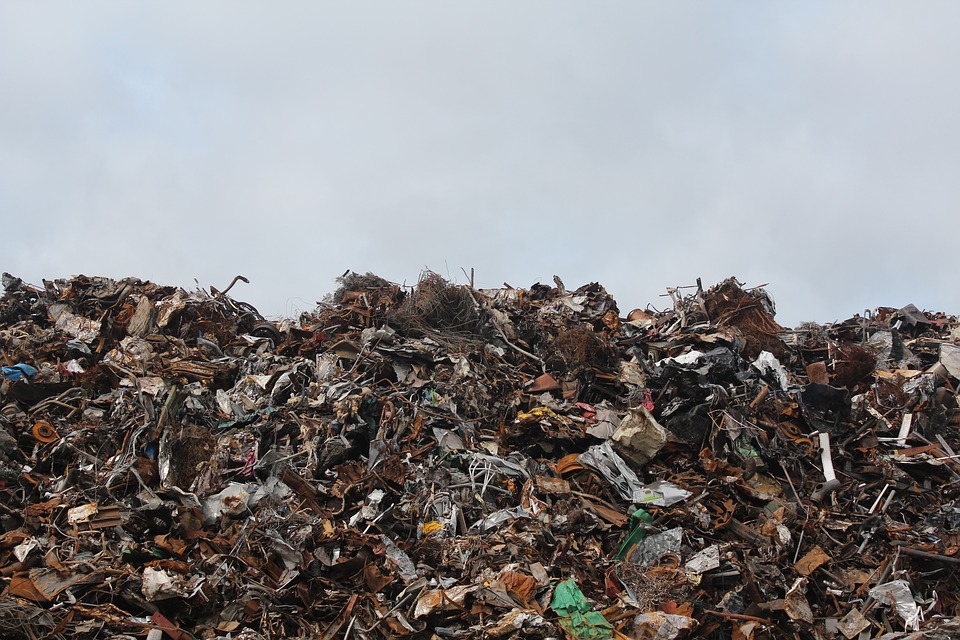In any community, large or small, an astonishing amount of waste materials accumulates even in the course of a single day. There are human wastes resulting from the chemical changes that food and drink undergo in the body. There are large quantities of household wastes. A housewife cuts away certain portions of vegetables and other foods in preparing a meal and after that meal, bones, fruit rinds and uneaten food must be disposed of.
Old shoes, boxes, crates, cartons, useless articles of metal and rubber, discarded toys and whatnot add to the pile of refuse. There are industrial wastes too resulting from a vast variety of manufacturing operations. All of these waste materials must be disposed of in some way or other.
In the average fair-sized community, certain wastes are carried away by water through a sewage system. Others, such as garbage, trash, ashes and brushwood, are collected periodically and carried to a central disposal plant.
So, lets’ discover how previous communities dealt with this age-old problem.
The Disposal of Wastes

The disposal of sewage, as we know it today, is a recent engineering practice.
There were sewers in antiquity in India, Rome and a few other places, but they served mainly to collect storm water or like Rome’s famous Cloaca Maxima to drain marshy areas.
If you go back to the middle ages, sewage flowed along open drains that ran through the streets. Later, it was carried in conduits to open cesspools located on the outskirts of cities. It was not until the nineteenth century that modern practices of sewage disposal were widely adopted. Even today, in many communities, particularly in the Far East, men come to homes at night, collect night soil (human wastes) and carry it away in carts.
In certain places, particularly China and Japan, night soil is used extensively as fertilizer – that which is collected from the wealthier sections of the community commands the highest prices. This practice has its good points, since it returns to the soil certain valuable organic materials that were taken from it when the crops were harvested. However, most of us dislike the idea of having human excretion hauled through the streets and health authorities do not like to have us eat raw foods grown in excretion-fertilized soil.
Our sanitary engineers use an entirely different method of disposing of human wastes and certain other types of refuse. They collect them in a system of sewers, bring them to a sewage-disposal plant, treat them so as to render them harmless and then empty the purified sewage into seas, lakes or rivers.
In the best systems, the sanitary sewers servicing homes are separate from the storm sewers that take the storm waters from streets. In the older systems, however, sanitary and storm sewage are carried in the same pipes. It is easy to understand why sanitary engineers are opposed to such combined sewers, as they are called.
After all, storm water is still rain water, except for a little debris that is washed off the streets, it is unpolluted and it is not necessary to treat it before it is emptied into a receiving stream. It is sheer waste to build sewage-treatment plants that will have to be big enough to treat not only sewage but also comparatively pure rain water that requires no particular treatment.
The nomadic tribes of old were not bothered at all by the problem of waste collection. They merely cast out their refuse and let the weather destroy it or the birds and beasts eat it. However, as communities grew larger, men came to recognize that they would have to adopt some method or other of collection and disposal.
Today, things have changed and more sustainable principles were implemented to ensure a more environmentally-friendly waste disposal. If you want to learn more about it, wait for the second article.
